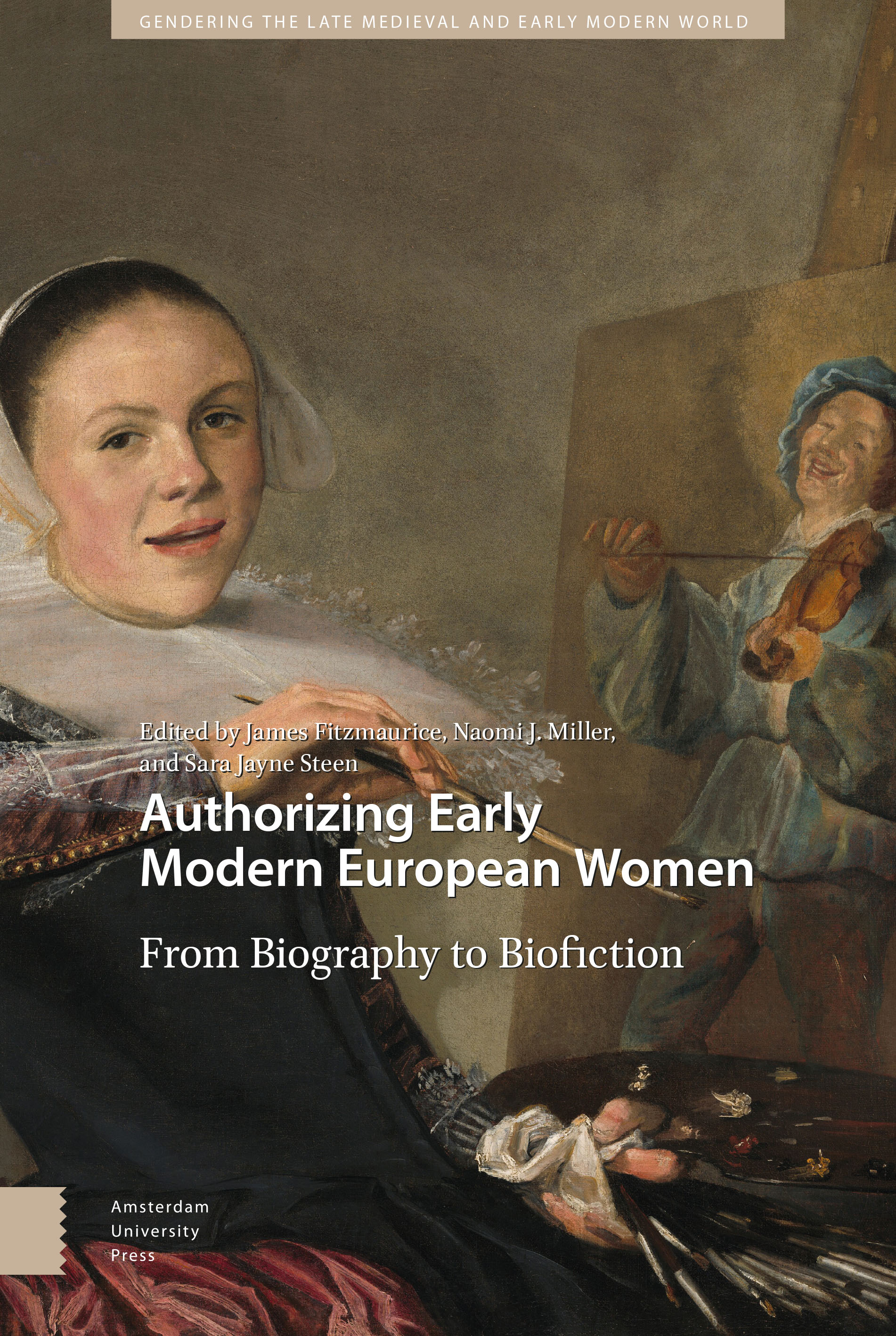9 - “‘Very Secret Kept’: Facts and Re-Creation in Margaret Hannay’s Biographies of Mary Sidney Herbert and Mary Wroth”
Published online by Cambridge University Press: 16 December 2021
Summary
Abstract
This essay explores the difficulties faced by literary biographers, in particular those who attempt to uncover the relatively undocumented lives of early modern women. In order to suggest ways in which these gaps may be re-created, it addresses the complex intersections between literary biography and biofiction; for example, the early example of Virginia Woolf's parodic biography, Orlando. The essay analyses Margaret P. Hannay's works in terms of two key aspects of literary biography: verifiable facts and the imaginative re-creation of events in order to ascertain if it is ever possible to uncover what is intentionally kept “secret.”
Keywords: biography, early modern women writers, Mary Sidney Herbert, Mary Sidney Wroth
On 9 October 1604 Robert Sidney wrote to his wife, Barbara, concerning their daughter's marriage; he concludes that, if Barbara is right, it is “a great misfortune” and must be “very secret kept.” Using meticulous research, Margaret Hannay attempts to deduce “what had happened” so early in Mary Wroth's marriage to Robert Wroth. She suggests “that perhaps the marriage had not been consummated,” or that “another possibility” could be that Wroth and her cousin, William Herbert, had made a de praesenti wedding agreement, or “perhaps Robert Wroth had discovered that his bride was not a virgin” (Hannay, 2010, pp. 107–108). The key words here are “perhaps” used twice and “possibility,” because even an experienced biographer such as Margaret Hannay cannot know what was “very secret kept.” This essay, therefore, sets out to explore how Hannay engages with an absence of historical knowledge in her biographies of Mary Sidney, Philip's Phoenix: Mary Sidney, Countess of Pembroke, and Mary Wroth, Mary Sidney, Lady Wroth (in this essay identified as Sidney and Wroth respectively). First, the essay will detail the difficulties faced by the literary biographer and those who attempt to uncover the relatively undocumented lives of women. Second, it addresses the complex intersections between literary biography and biofiction in order to determine how boundaries are both adhered to and breached in the representation of early modern female identity. Finally, I analyze Hannay's works in terms of two key aspects: verifiable facts and the imaginative re-creation of events in order to ascertain if it is ever possible to uncover what is intentionally kept “secret.”
- Type
- Chapter
- Information
- Authorizing Early Modern European WomenFrom Biography to Biofiction, pp. 115 - 128Publisher: Amsterdam University PressPrint publication year: 2021

